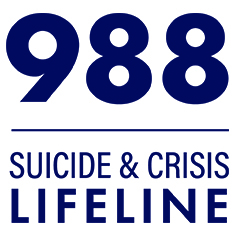Suicide Risk among Emergency Department Patients
May 13, 2016
People treated in emergency departments for suicidal ideation or behavior were more likely to attempt or die by suicide during the next 12 months if they (1) had not completed high school, (2) had visited an ED within the preceding six months, (3) had a history of nonsuicidal self-injury, (4) were misusing alcohol, or (4) scored high on a test of severity of suicidal ideation. Twenty-five percent of the participants attempted or died by suicide within 12 months of their ED visit.
Forty percent of suicides and attempts occurred within six weeks of visits to the ED. The risk of suicide within six weeks, unlike the 12-month risk, was not associated with education, alcohol misuse, or nonsuicidal self-injury, but was associated with suicidal ideation that included an explicit intent or plan to die by suicide. The authors suggested that an association between short-term suicide risk and high scores on the Brief Symptom Inventory somatization measure indicates that “the presence of serious health issues may be important for predicting short-term suicide outcomes among ED patients.”
Arias, S.A., Miller, I., Camargo C.A., Jr., Sullivan, A.F., Golstein, A.B., Allen, M.H., . . . Boudreaux, E.D. (2015). Factors associated with suicide outcomes 12 months after screening positive for suicide risk in the emergency department psychiatric services. Psychiatric Services, 67(2), 206-213.
Editor’s note: Caring for Adult Patients with Suicide Risk: A Consensus Guide for Emergency Departments is designed to assist ED health care professionals with decisions about the care and discharge of patients with suicide risk.
